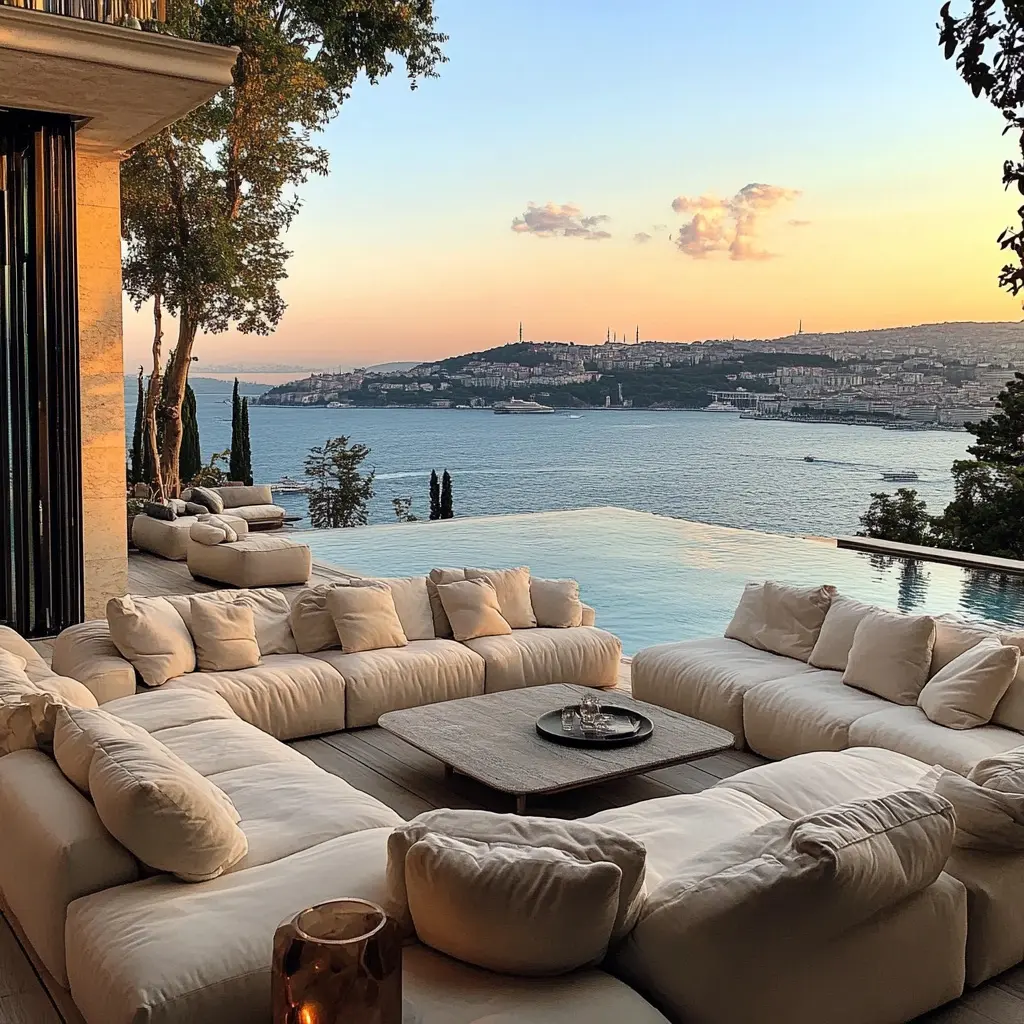No blog post yet.
How to Design the Perfect Comfortable Chair
Creating comfortable seating requires balancing innovation and practicality while keeping human anatomy at the forefront. As the world of furniture design evolves with new materials and technologies, comfort should never be sacrificed. Renowned physician Dr. Janet Travell once noted, "You wouldn’t dream of buying shoes that don’t fit you. But have you ever stopped to consider whether the chairs you sit in are right for you?" Her insight highlights the crucial need for ergonomically thoughtful designs. Here’s how to create chairs that not only look great but also support the human body.
Step 1: Understand the Basics of Ergonomics
Before diving into design specifics, it’s essential to grasp some basic principles of human anatomy. The spine, for example, has natural curves that any chair should respect. The lumbar region, in particular, needs proper support to prevent muscle fatigue and discomfort. For inspiration, consider consulting resources like the Humanscale seating guide by Henry Dreyfuss Associates. These guides provide detailed measurements and angles for designing seats for various body types, saving time while ensuring anatomical correctness.
Step 2: Customize Where Possible
While the ideal chair would be custom-fitted to its owner, this isn’t always feasible. Instead, aim for a design that suits the "average" person. For office or dining chairs, start by measuring your own body or that of a nearby friend, since average dimensions are often a safe bet. Remember: height, width, and depth all influence comfort.
- Seat Height: A height of around 45 cm (17-3/4 in.) works well for most dining chairs, ensuring the seat doesn’t press on sensitive arteries beneath the thighs.
- Seat Depth: This is critical. Too deep, and the user may slouch or experience pressure behind the knees; too shallow, and there’s inadequate weight distribution. A depth of 43-44 cm (17-17¼ in.) is ideal for general use.
Step 3: Shape and Padding
When choosing seat padding, remember that firmer materials offer better long-term support. Soft polyurethane foam, for example, can lead to "foam pinch," where excessive sinking exerts pressure on the sides of the thighs. A solution is to layer different foam densities. Use high-density foam in weight-bearing areas and softer foam where comfort is paramount, like under the back of the knees.
For extra comfort:
- Add webbing beneath foam at pressure points to provide a gentle give.
- Ensure the seat surface is slightly contoured but not deeply bucketed, to accommodate different postures.
Step 4: Designing the Backrest
A well-designed backrest supports the natural curves of the spine. Here’s how to approach it:
- Lumbar Support: Ensure the lower part of the backrest curves outward to fit the lumbar region.
- Upper Back Support: The upper section should be softer and accommodate the ribcage’s natural outward curve. A slight lateral curve keeps the back comfortable without locking the sitter into one position.
The angle between the seat and the backrest is also crucial. Dining chairs typically have a 90-95° angle, while easy chairs might recline more. The goal is to reduce tension on back muscles by distributing body weight effectively.
Step 5: Armrests and Seat/Back Angle
- Armrests: Properly positioned armrests help reduce shoulder tension. They should be around 22 cm (8-3/4 in.) above the seat and wide enough to support various body sizes.
- Seat/Back Angle: Adjusting this angle transforms a simple chair into a versatile piece. As the chair tilts back, adjust seat height to maintain comfort and prevent pressure behind the knees.
Step 6: Testing and Iteration
Experience and instinct often guide the best designs. Renowned designer Carl Malmsten was known to rely on his years of experience rather than strict measurements alone. Ultimately, the secret to a perfect chair lies in thoughtful iteration. Build prototypes, test them extensively, and be willing to make adjustments based on real user feedback.
Final Thoughts
While every designer aspires to create visually striking furniture, true innovation comes from merging aesthetics with comfort. Limitations can fuel creativity, guiding designers to discover solutions that balance form and function. Remember, every shift in a sitter’s posture should be supported, allowing muscles to rest, ligaments to stay relaxed, and the body to feel completely at ease.
This approach will ensure your chairs stand out not only for their beauty but for their thoughtful, user-centered design. Happy designing!
Projects

Transforming Outdoor Furniture Design & Production with AI: A New Era for B2B Innovation
In the world of outdoor furniture, innovation has always been key. However, to truly redefine productivity and elevate the market, it’s not just about creating beautiful, functional products—it’s about transforming the way we work. As technology evolves, businesses that strategically integrate generative AI into their workflows will lead the charge, reimagining what’s possible in product design and development.
Discover more
Why Turkey is Emerging as the Best Choice for Outdoor Furniture Production
The outdoor furniture market has recently faced disruptions from geopolitical events, rising shipping costs, and shifting supply chain dynamics. As a result, Turkey is emerging as a preferred production hub for European companies due to its strategic advantages beyond just logistics.

Germany and Turkey Forge Closer Ties: Scholz and Erdoğan Revive Strategic Cooperation
The recent meeting between German Chancellor Olaf Scholz and Turkish President Recep Tayyip Erdoğan in Istanbul marks a turning point in relations between the two nations, reviving government consultations that had been stalled for nearly a decade. Both leaders showcased a clear intention to strengthen ties in key areas such as defense, trade, and geopolitical collaboration, signaling a new chapter in German-Turkish relations despite past tensions.
Continue reading